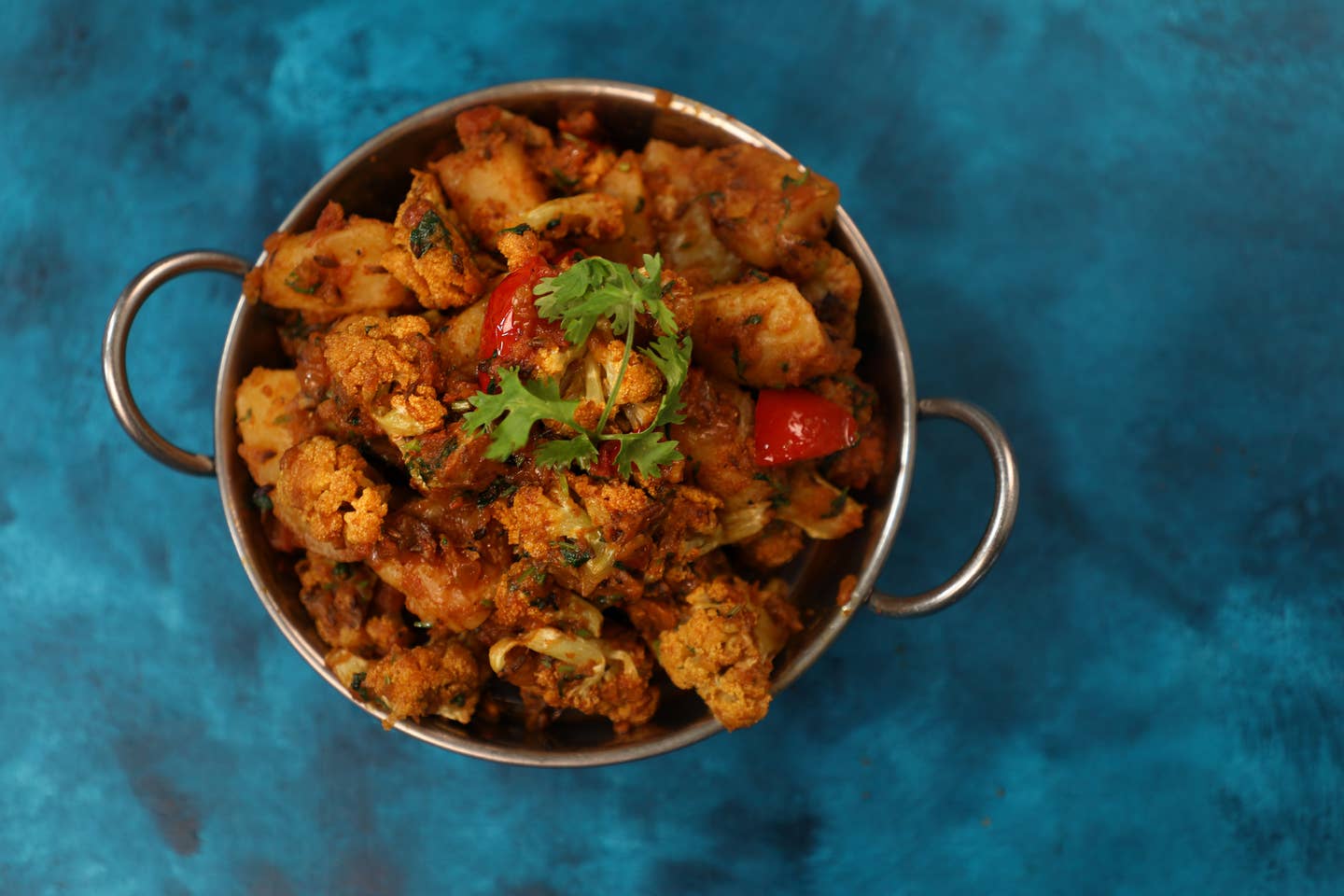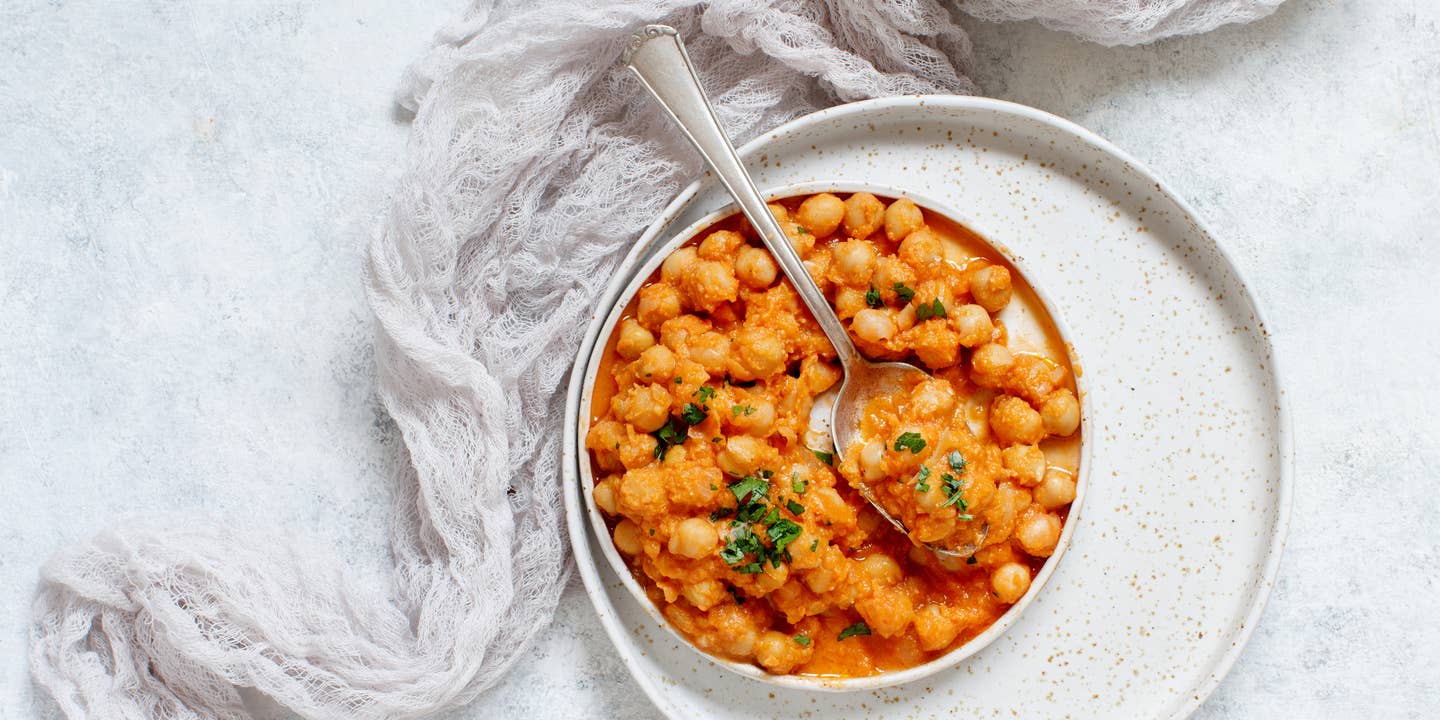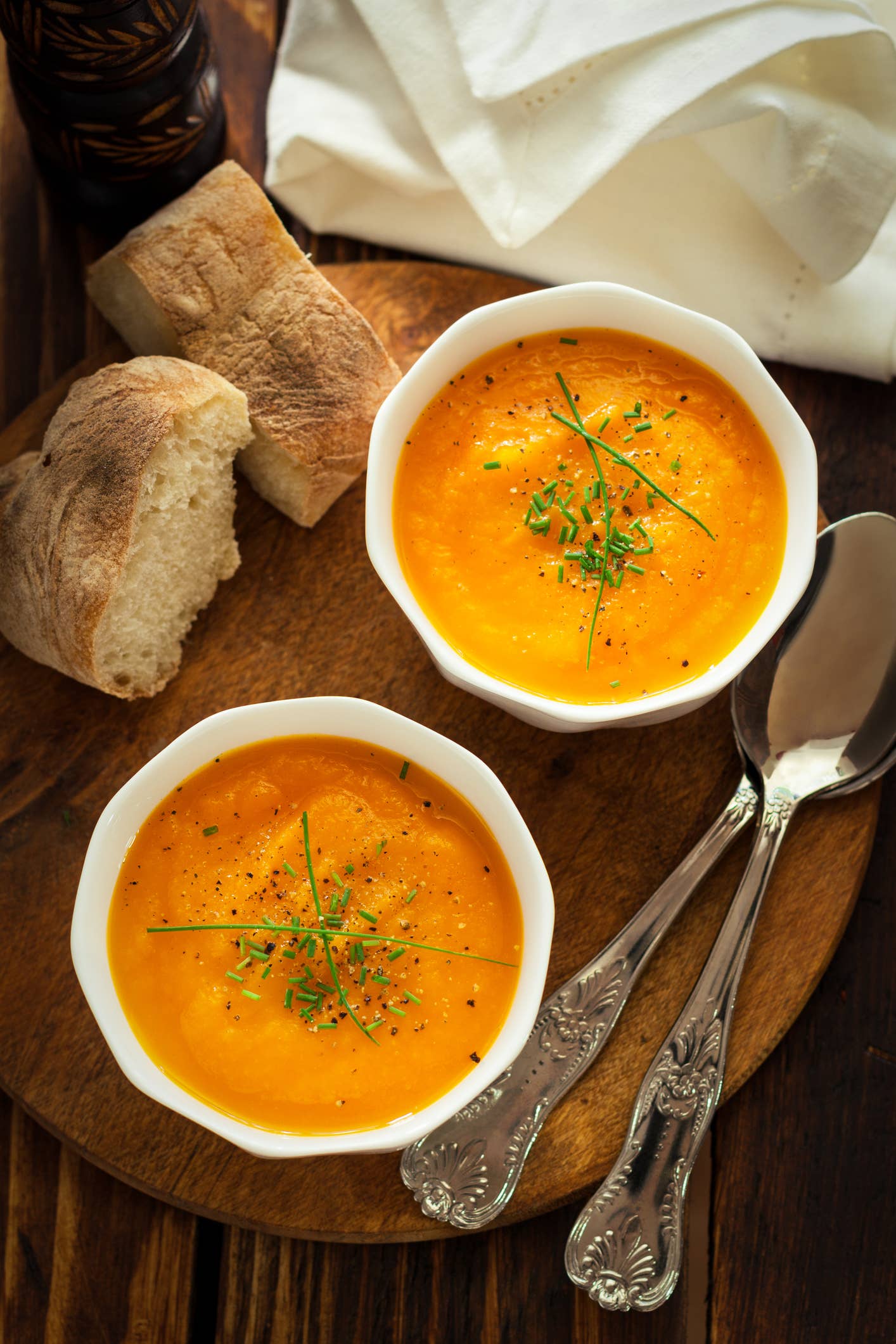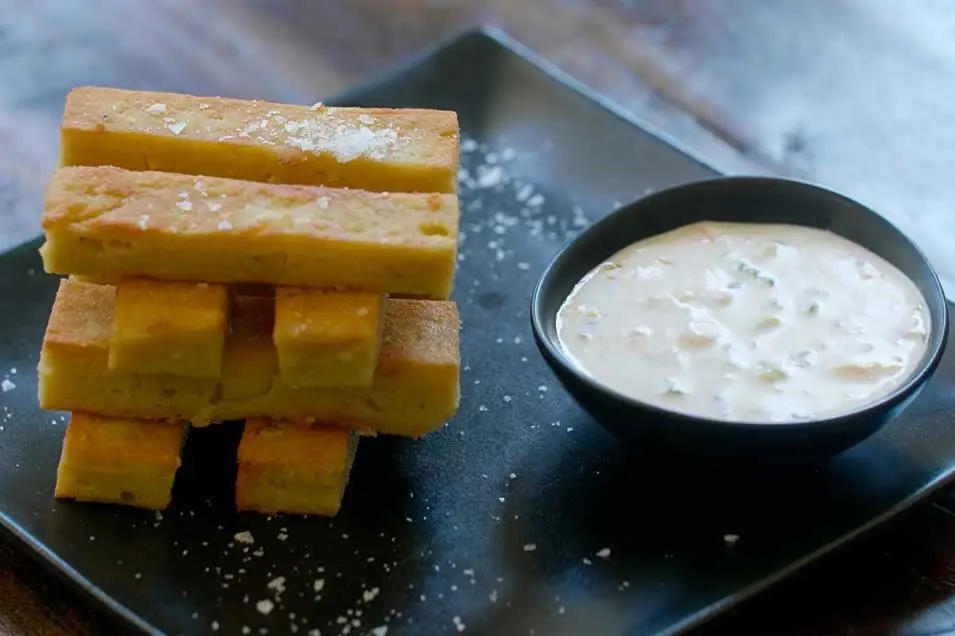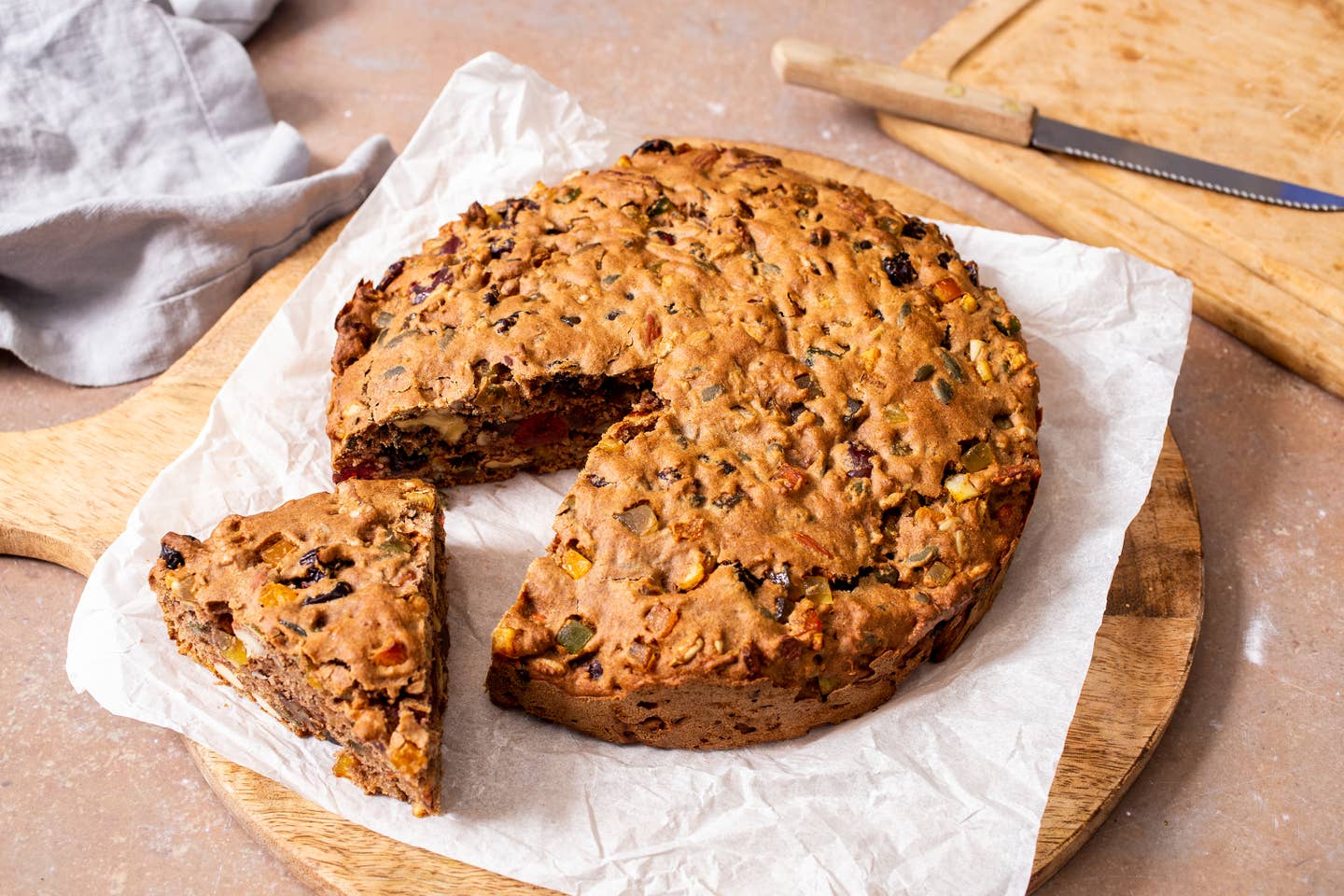
5 Detox Juice Recipes to Cleanse Your Body and Lose Weight
Want a healthy way to detox your body naturally, improve gut health, lower inflammation, and maybe shed a few pounds? Replace your morning cereal or go-to breakfast sandwich with one of these nutrient-packed juices.
According to one recent study, the best way to lose weight and cleanse your body is by juicing your meals, at least once a day, to fuel your body with essential vitamins and minerals as well as hydrate your cells and skin with water-filled vegetables and fruits.
There are some unique ingredients worth adding to your juice that might not come to mind as easily as kale and spinach. For instance, adding jalapenos or red peppers may help rev your metabolism and will sure give your juice a kick of spice. Other ingredients like turmeric root and ginger root are two powerful ingredients for your immune system and are known to help aid natural weight loss by reducing inflammation in your body.
Other unusual ingredients you don't often see or hear of in a juice are sprouts, a healthy source of plant-based protein and fiber. One of the juice recipes below calls for pea sprouts, broccoli sprouts, and mung bean sprouts which can be found in the produce section of your grocery store, usually stored in a clamshell plastic container.
These ingredients can be easily swapped or left out of the mix if you have an allergy or dislike the taste of something - or you can hide the flavor of a vegetable by adding more of the sweeter ingredients like a green apple to the mix.
To make these juices, use a juicer or a high-speed blender. If you use a blender, make sure to fill more than half the container with water otherwise you will end up with a smoothie. I just made the green juice recipe and added cilantro and jalapeno, see my photo below! Happy juicing.
Green Juice
Serves 1
Ingredients
- 1 bunch of spinach, rinsed
- 1 bunch of kale, rinsed
- 2 celery stalks
- A handful of parsley, rinsed
- 1/2 cucumber, rinsed
- 2 inches of ginger
- 1/2 lemon, rinsed
Instructions
- Juice ingredients or add them to a high-speed blender filled with water.
Summer Hydration Juice
Serves 1
Ingredients
- 1 cucumber, scrubbed
- 1/4 watermelon, chopped
- A handful of mint leaves, rinsed
- 2 celery stalks, rinsed
- 1/2 lemon, rinsed
- 1 inch of shaved ginger
Instructions
- Juice ingredients or add them to a high-speed blender filled with water.
Immunity Juice
Serves 1
Ingredients
- 1 orange, scrubbed
- 2 carrots, peeled and scrubbed
- 1/2 lemon, rinsed
- 2 inches of ginger, peeled and scrubbed
- 1 inch of turmeric, peeled
- 1/4 jalapeno, rinsed
Instructions
- Juice ingredients or add them to a high-speed blender filled with water.
Beet Juice
Serves 1
Ingredients
- 2 beets, trimmed, scrubbed, and rinsed
- 1 green apple, rinsed
- 3 carrots, peeled and rinsed
- 1/2 lemon, rinsed
Instructions
- Juice ingredients or add them to a high-speed blender filled with water.
Sprouted Juice
Serves 1
Ingredients
- A handful of broccoli sprouts
- A handful of pea sprouts
- A handful of mung bean sprouts
- 1 green apple, rinsed
- A cup of spinach
- A cup of kale
Instructions
- Juice ingredients or add them to a high-speed blender filled with water.
The Top 20 Veggies with the Most Protein
Everyone who contemplates going plant-based has the same question: where do I get my protein? Simple answer: Vegetables! Contrary to the popular belief that you have to eat animal protein to get enough into your diet, one of the best ways to get protein is by eating vegetables. Animals provide protein because they're fed a diet of plants that are high in protein, so if you cut out the middleman -- or middle cow or middle chicken in this case -- you can get the same protein just by going direct-to-the-source.
1. Soy Beans
Soybeans are a legume but they are such a great source of protein that we had to lead the veggie list with it. There is more protein in just one ounce of soybeans than a cup of sliced avocado!1 cup equalsProtein - 28.6gCalories - 298Carbs - 17.1gFiber - 10.3gCalcium - 175mg
2. Peas
If the pod, that peas are grown in, is split down the middle, that is an indicator they are ripe. Seeds inside the pod vary and can be green, white or yellow. 1 cup equalsProtein - 8.6gCalories - 134Carbs - 25gFiber - 8.8gCalcium - 43.2 mg
3. Corn
Fresh corn is a great source of energy for those who like to stay active. Protein isn't all that corn has to offer. Corn provides the body with potassium and B vitamins. 1 cup equalsProtein - 5.4gCalories - 177Carbs - 123gFiber - 4.6gCalcium - 4.9mg
4. Artichoke Hearts
Artichokes are part of the sunflower family. The fiber in artichoke hearts is great for supporting digestion. 1 cup equals Protein - 4.8g Calories - 89 Carbs - 20g Fiber - 14.4g Calcium - 35.2mg
5. Asparagus
If not properly stored, Asparagus tends to go bad quickly, To elongate freshness, put damp paper towels around the stems, or place the entire asparagus bunch in a cup of water (like flowers) to maintain freshness longer. 1 cup equals Protein - 4.4g Calories - 39.6 Carbs - 7.4g Fiber - 3.6g Calcium - 41.4mg
6. Brussel Sprouts
Brussel sprouts have more Vitamin C than an orange. If your Brussel sprouts have a rancid odor that is an indicator you overcooked them. The smell occurs because the sprouts are composed of a great amount of sulforaphane. 1 cup equals Protein - 4g Calories - 56.2 Carbs - 40g Fiber - 4g Calcium - 56.2mg
7. Broccoli
If you are trying to lose weight broccoli is a great addition to your diet because it consists of 90 water and is also high in fiber. 1 cup (chopped) equals Protein - 3.8g Calories - 54.6Carbs - 11.2g Fiber - 5.2g Calcium - 62.4mg
8. Mustard Greens
Mustard greens provide the body with tons of Vitamin A, Vitamin C, Vitamin K and fiber. Adding steamed mustard greens into your diet has been known to lower cholesterol and reduce inflammation. 1 cup equals Protein - 3.2 g Calories - 21 Carbs - 2.9g Fiber - 2.8g Calcium - 104mg
9. Avocado
Avocado is commonly mistaken as a vegetable but it is technically a fruit. This fruit had to be included in our veggie list because it isn't just tasty but super nutritious. Avocados are packed with protein but they are a great source of potassium and fiber. Avocados are a great addition to any salad, sandwich and even smoothie! 1 cup equals Protein - 3.0 g Calories - 240 Carbs - 12.8 g Fiber - 10.1g Calcium - 18 mg
10. Onions
Onions are an unappreciated food hero since they provide 20 percent of your daily Vitamin C and deliver an abundance of antioxidants that can reduce inflammation.1 cup (chopped) equalsProtein - 2.9gCalories - 92.4Carbs - 21.3gFiber - 2.9gCalcium - 46.2mg
11. Beets
The entire beetroot is edible including the leaves which contain loads of vitamin A, calcium, iron and potassium. Beetroot is high in sugar but is considered one of the most nutritious veggies used in salads and soups. 1 cup equals Protein - 2.8 g Calories - 74.8 Carbs - 17g Fiber - 3.4g Calcium - 27.2mg
12. Oyster Mushrooms
Oyster mushrooms are commonly seen in Chinese dishes. They grow best in a controlled environment indoors. Oyster mushrooms have so many nutrients to offer besides protein such as iron, calcium, zinc and folic acid. 1 cup (raw and sliced) equals Protein - 2.8g Calories - 37 Carbs - 5.6g Fiber - 2.0g Calcium - 2.6mg
13. Bok Choy
Bok Choy is a member of the mustard family. One of the oldest cultivated vegetables in the world, Bok Choy means "white vegetable” and is a great source of vitamins A, C, B6, K, and E, magnesium, potassium, iron, manganese, and calcium. 1 cup equals Protein - 2.7 g Calories - 20.4 Carbs - 3.1g Fiber - 1.7g Calcium - 158mg
14. Green Beans
Green beans are a great source of vitamins B, C and K, and minerals such as magnesium, iron and manganese. Green beans should be cooked before eating, to destroy lectins. China is the biggest grower of green beans in the world, exporting over 15 million tons a year. 1 cup equals Protein - 1.8 g Calories - 31 Carbs - 7 g Fiber - 2.7 g Calcium - 37 mg
15. Cauliflower
The most nutritious way to consume cauliflower is steamed. Don't get intimidated by orange, purple or green cauliflower. All three types have the same benefits as white cauliflower. 1 cup equals Protein - 2.2g Calories - 28.6 Carbs - 5.4g Fiber - 2.8g Calcium - 19.8mg
16. Turnip
You can eat the entire plant, root and leaves. The turnip root is high in vitamin C and the greens are high in vitamins A, C, E, B6 and K, believed to counter inflammation. Add turnip roots to soup, or mash them. Add them to salads. 1 cup equals Protein - 1.6g Calories - 28.8 Carbs - 6.3g Fiber - 5.0g Calcium - 197mg
17. Alfalfa Sprouts
Alfalfa sprouts might be little but they sure are powerful. Plus they're quick and easy to grow. They are loaded with Vitamin C, Vitamin K, Iron and more. But because they have been known to carry bacteria, make sure to fully cook alfalfa sprouts if you have a fragile immune system or are pregnant. 1 cup equals Protein - 1.3 g Calories - 8 Carbs - 0.7 g Fiber - 0.6 g Calcium - 10.6 mg
18. Tomatoes
Keep your tomatoes fresher for longer by storing them stem down. When exposed to sunlight the Vitamin C in a tomato will diminish. 1 cup equals Protein - 1.3g Calories - 26.8 Carbs - 5.8g Fiber - 1.8g Calcium - 14.9mg
19. Zucchini
Zucchini has an abundance of potassium, even more than a banana! The reason zucchini isn't high in calories is that it is made up of 95% water. 1 cup equals Protein - 1.2g Calories - 28.8 Carbs - 7.1g Fiber - 2.5g Calcium - 23.4 mg
20. Spinach
Spinach is filled with Vitamin A, Vitamin E, Vitamin K, fiber and protein. The best part about spinach is you can sauté it, blend it or eat it raw! Spinach is best grown in rainy and cool weather. 1 cup equalsProtein - 0.9gCalories - 6.4Carbs - 1.0 gFiber - 0.6gCalcium - 27.7 mg
More From The Beet
